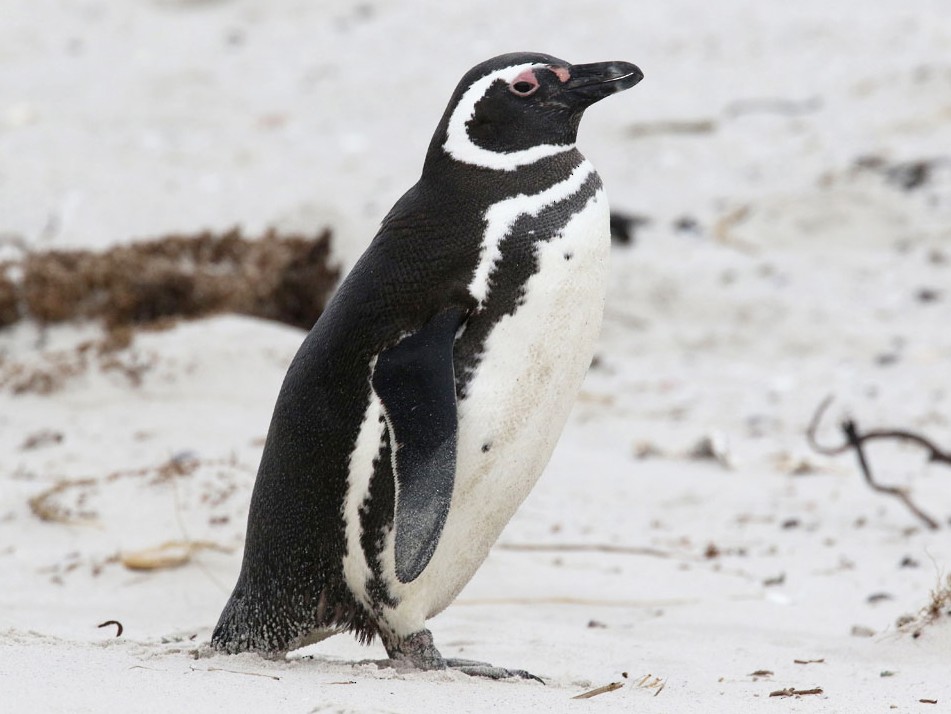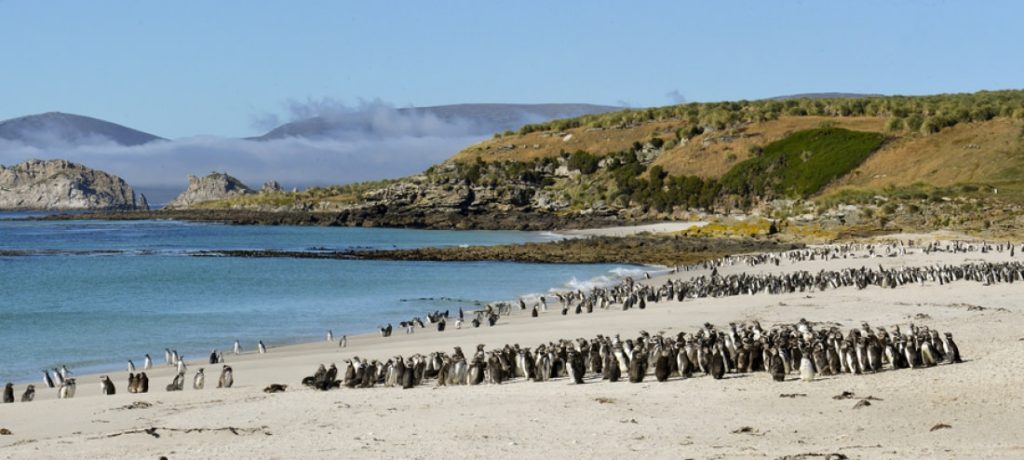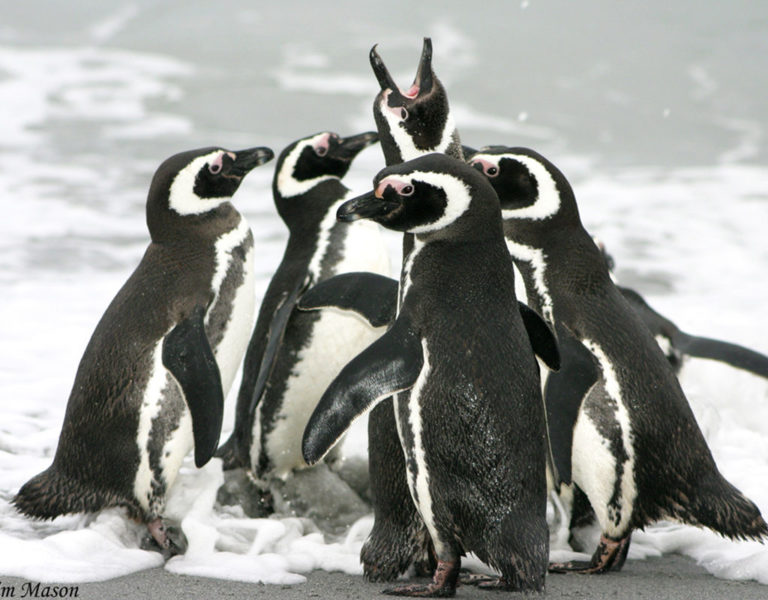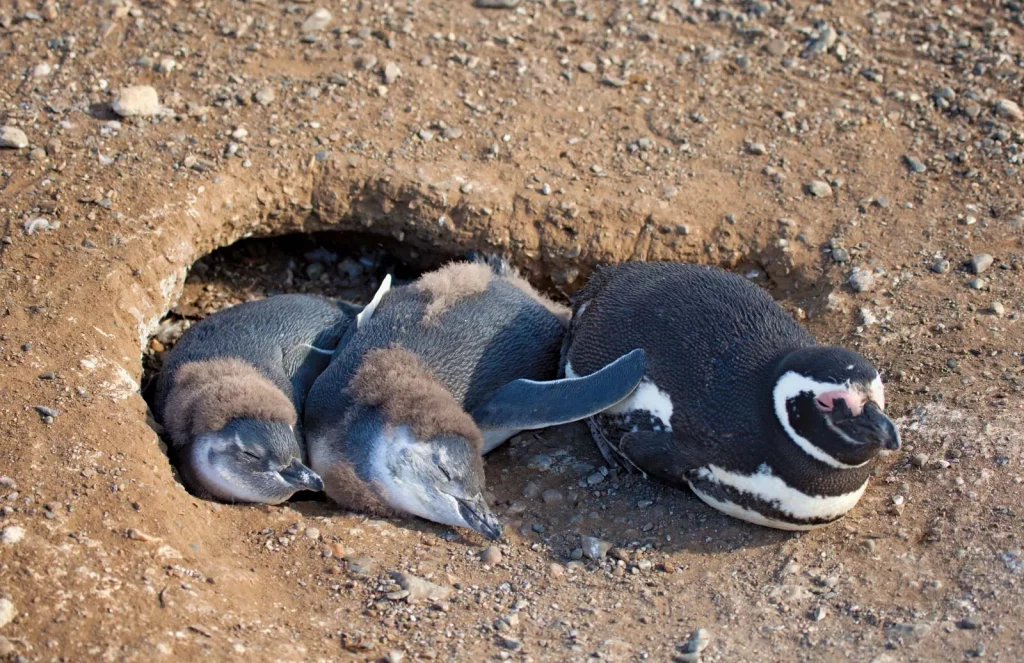
Magellanic penguins (Spheniscus magellanicus) are a species of penguin that inhabit the coasts of Argentina, Chile, and the Falkland Islands. They are one of the largest species of penguin, measuring about 24 inches in length and weighing around 10 pounds. Magellanic penguins are named after Ferdinand Magellan, the Portuguese explorer who discovered them in 1520 during his circumnavigation of the globe.
Magellanic penguins have distinctive black and white markings on their bodies. They have a black band across their chest and a black stripe that extends from their eyes to their chin. Their backs are black, while their bellies are white. They have a small, pink beak and pink feet. Like all penguins, they are flightless and have a streamlined body that is perfect for swimming in the water.
Magellanic penguins are social animals that live in large colonies of up to 200,000 individuals. During the breeding season, which occurs from September to February, they form pairs and build nests on the ground using rocks and feathers. Both parents take turns incubating the eggs and caring for the chicks after they hatch. Magellanic penguins are monogamous and will often return to the same nesting site year after year.
Magellanic penguins feed on small fish, such as anchovies and sardines, as well as squid and krill. They are excellent swimmers and can dive up to 100 feet deep in search of food. They are also capable of swimming long distances, with some individuals traveling up to 1,200 miles during the non-breeding season.
Magellanic penguins are classified as a “near-threatened” species by the International Union for Conservation of Nature (IUCN). Their populations have declined significantly in recent years due to a variety of factors, including oil spills, overfishing, and habitat destruction. Climate change is also a growing threat, as rising sea temperatures and changing ocean currents are impacting the availability of their prey.

Efforts are underway to protect Magellanic penguins and their habitat. In Argentina and Chile, several protected areas have been established to conserve their breeding sites. In addition, research is being conducted to better understand their ecology and behavior, which can inform conservation efforts. Efforts are also being made to reduce the impacts of human activities on their populations, such as reducing oil spills and regulating fishing practices.

